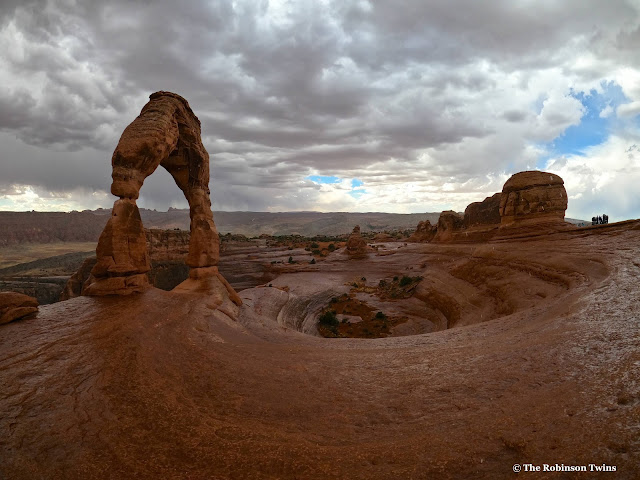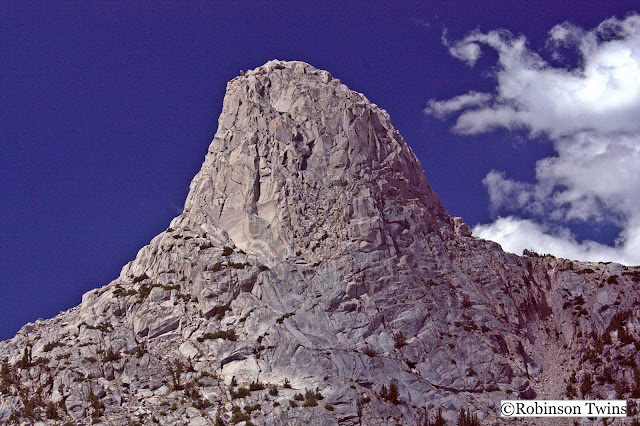We attended the 2024 Fall Arch Rally of the Natural Arch and Bridge Society, which was centered around the Alabama Hills for the first half of the rally. One night we hiked out to Mobius Arch to get some night shots of it, including this light painting of the arch with the Milky Way galaxy overhead.. Mobius Arch is the most noteworthy granite natural arch among many arches in the Alabama Hills near Lone Pine, California.
Remember, it's not just a picture, it's a story.

















_v2.jpg)



_v1.jpg)